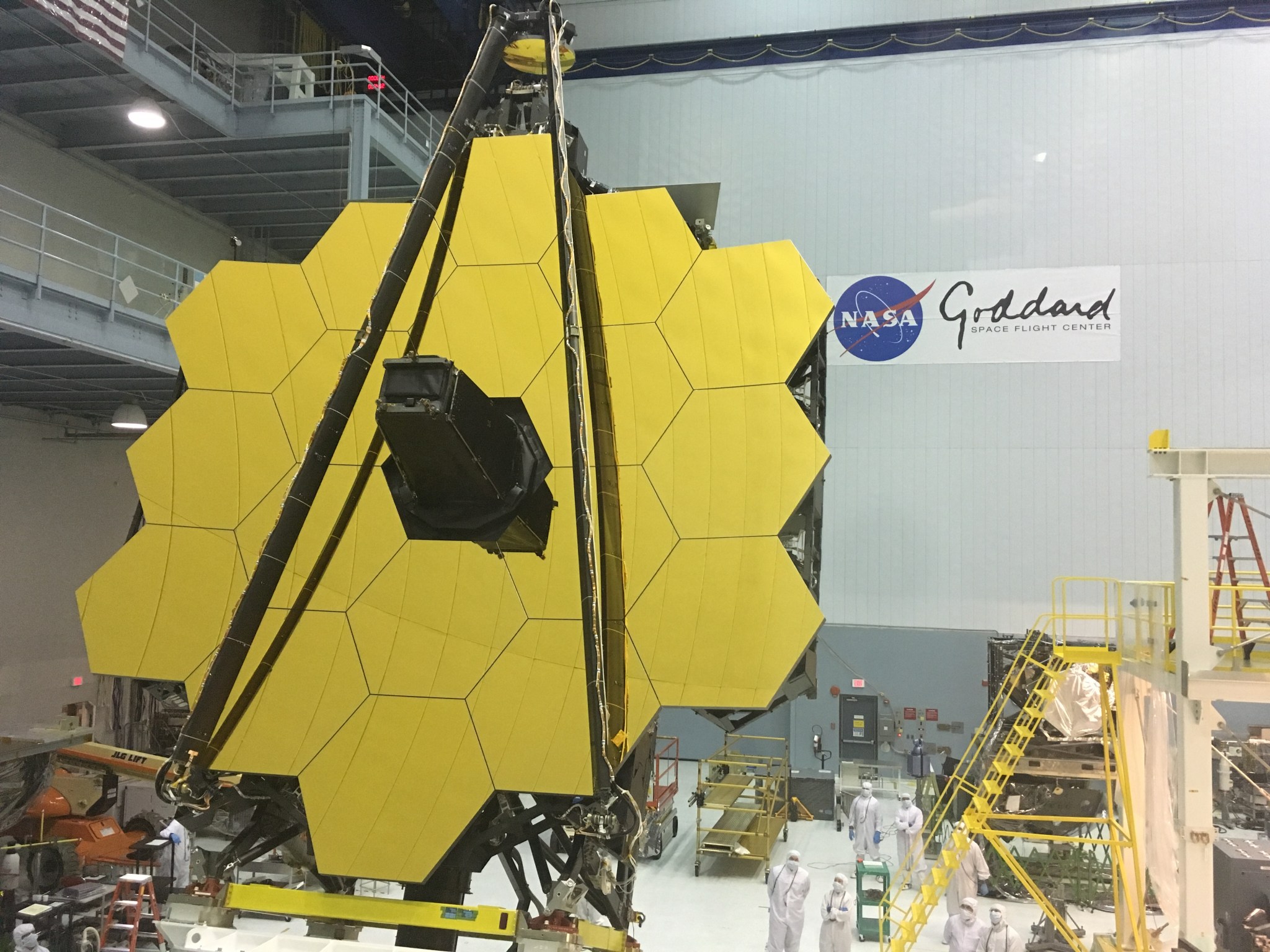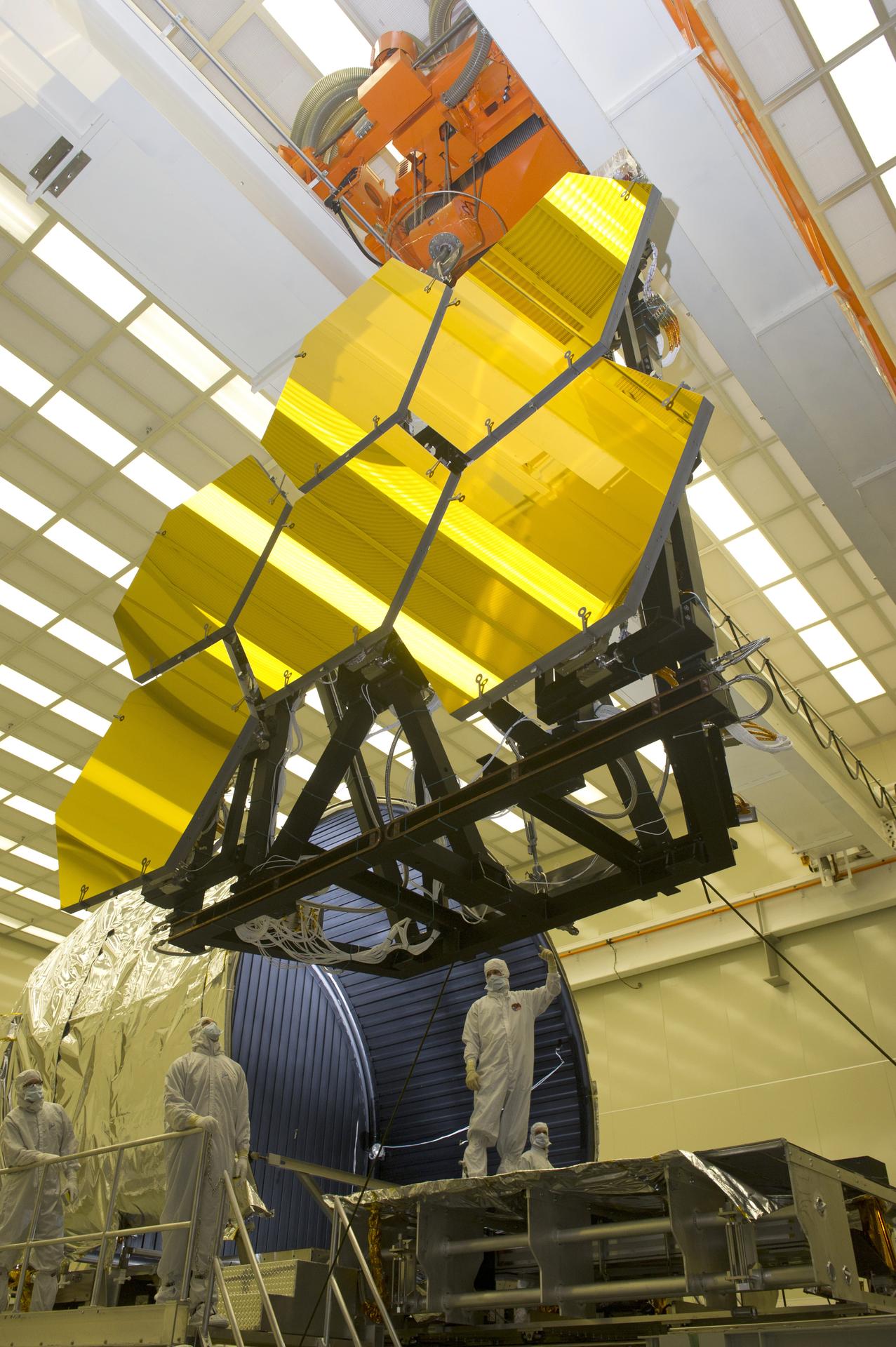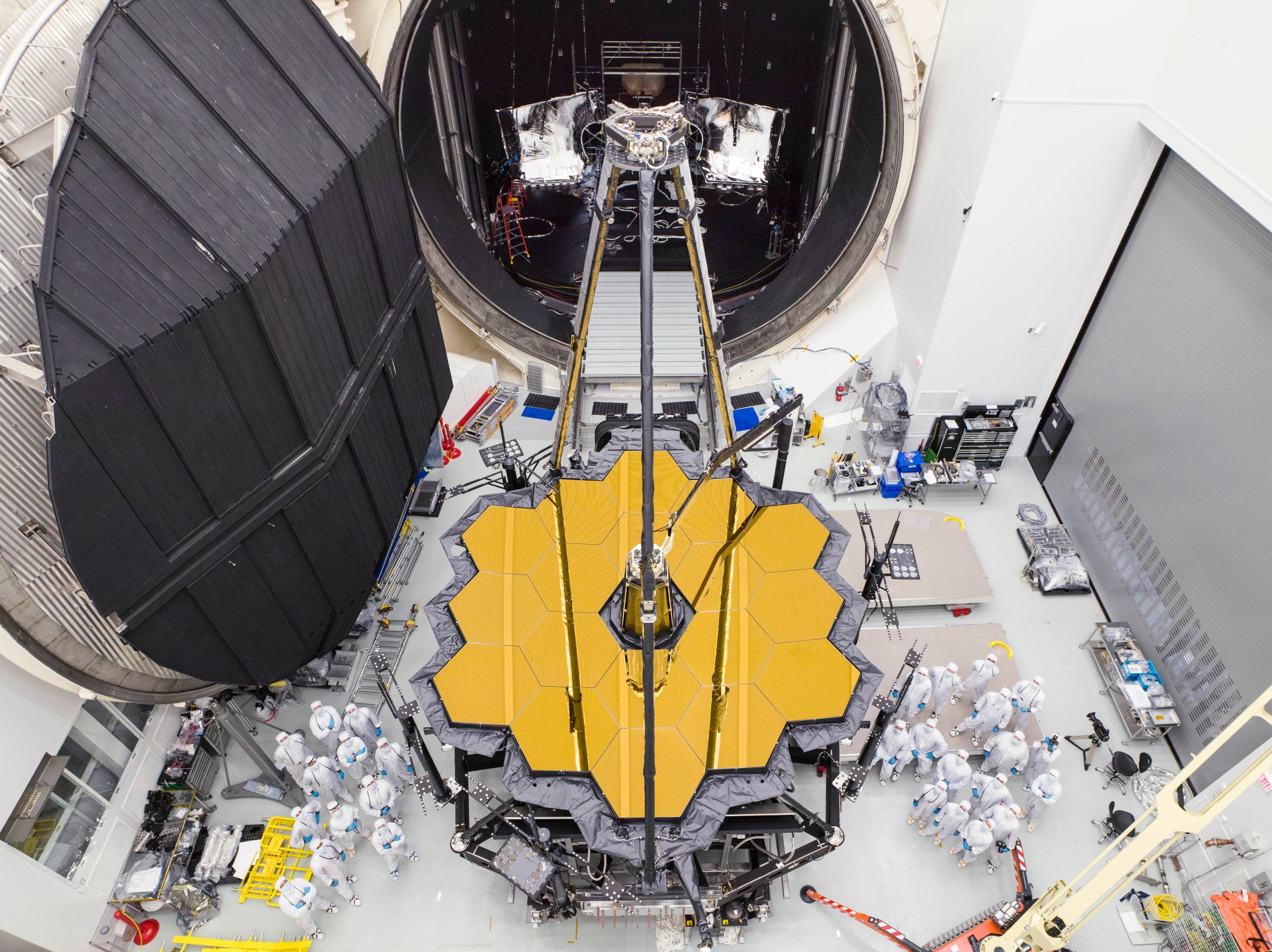As the world marvels over the first public images from the James Webb Space Telescope, Webb Deputy Project Manager for Technical Verification Paul Geithner is able to recall another first-of-its-kind moment: when the Webb team thought for a brief — blessedly brief — moment it had actually broken part of the observatory.
A portion of the Webb structure, custom-made of graphite epoxy composite, underwent vibration testing at NASA’s Goddard Space Flight Center in late 2016. Connection points in the instrument’s deployable components were stressed to see how they would hold up. All was going well, until it wasn’t. There was a loud crack. The sound wasn’t pretty.
“People said ‘Oh my god, did we just break it?” Geithner remembers. “I mean, it sounded bad. Then the test automatically shut down. That was probably the scariest point.”
No harm was done. Tuned mass dampers were added to the telescope’s secondary mirror support structure to suppress any resonances that would threaten the structure’s survival during launch. Testing then, and in the months and several years to come, continued as the mission team assessed the observatory’s hardiness for the extreme conditions it would encounter, both during launch and in its eventual permanent Lagrange Point 2 (L2) “halo” orbit — larger than the size of the Moon’s orbit around Earth — gravitationally balanced between Earth and the Sun.
People said ‘Oh my god, did we just break it? I mean, it sounded bad … Probably the scariest point.
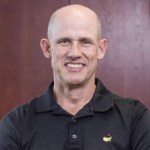
Paul Geithner
Webb Deputy Project Manager for Technical Verification
Webb’s destination orbit is thanks to Italian-born 18th century mathematician and astronomer Joseph-Louis Lagrange, who made important contributions to classical and celestial mechanics. Lagrange studied the “three-body problem” (thus named because of three bodies that orbit one another) for the Earth, Sun and Moon. He identified five points in near space — L1 through L5 — where objects could be easily orbited.
The Webb observatory — the most complex and powerful space telescope launched to date — is an exemplar of how testing next-generation, space-borne designs and gear in environments that closely mimic those found in a hard, ultracold and/or ultrahot, radiation-laced vacuum can protect as much as possible against known dangers and, perhaps, even unknown ones.
Webb’s problem-free launch, orbital insertion, successful system checks, full deployment and, now, spectacular images underscores testing’s worth. Such progress would not have been possible without extensive study and validation of all Webb systems and components prior to the telescope’s launch and deployment. But a major question was how, exactly, could tests be conducted for such a large apparatus?
Splitting Up the Right Thing to Do
Testing the entirety of Webb in the largest of NASA’s vacuum chambers wasn’t feasible, given the need to precisely replicate the thermal environment on both sides of the observatory in its deployed configuration. A possible approach was to build another very large chamber to do so, but construction costs and the resultant schedule delays were prohibitive.
The solution: literally split the observatory into halves that could be accommodated — admittedly, with some facility adjustments and upgrades — in a variety of test chambers spread across NASA centers and prime contractor Northup Grumman’s Redondo Beach, Calif. facilities. Verification of deployments and Webb’s thermal balance would occur as the result of combinations of many tests.
We couldn’t just stick the entire observatory in one vacuum chamber and duplicate everything at the same time.

Paul Geithner
Webb Deputy Project Manager for Technical Verification
Webb structures, components, electronics, instruments, and systems would be studied, evaluated and validated by, eventually, thousands of scientists, engineers, and technicians who in aggregate would build, test, and integrate Webb. In total, 258 companies, agencies, and universities participated — 142 from the United States, 104 from 12 European nations, and 12 from Canada.
“We couldn’t just stick the entire observatory in one vacuum chamber and duplicate everything at the same time,” Geithner says. “So that’s why we tested in two big halves. It turned out our approach worked.”
NASA facilities involved in major Webb testing were ones located at NASA research centers: Goddard Space Flight Center (Goddard managed telescope development); Johnson Space Center; Marshall Space Flight Center; and the Jet Propulsion Laboratory. Cryogenic — ultracold — testing of the telescope, its components and instrument packages figured prominently in those efforts, as well as vibration and thermal-balance assessments.
“We had to figure out how to test in two parts and trust software would certify the results of that testing,” says Webb Program Scientist Eric Smith, now chief scientist in the Astrophysics Division at NASA Headquarters. “That was so when we put the parts together the observatory would work in space. Lo and behold — it worked amazingly.”
Clean but Stormy
Beginning in July 2017 at Johnson Space Center, in its Chamber A facility, scientists and engineers put Webb’s optical telescope and its integrated science instrument module known as OTIS through a series of cold-stress tests as well. Those studies included an important alignment check of Webb’s 18 primary mirror elements, to ensure each of the observatory’s gold-plated, hexagonal segments acted in concert like a single, monolithic mirror.
This was the first time the telescope’s optics and its instruments were tested together, though the instruments had previously undergone cryogenic testing in a smaller chamber at Goddard. Engineers from Harris Space and Intelligence Systems, headquartered in Melbourne, Florida, worked alongside NASA personnel for the test at Johnson.
Before Webb was placed inside, Johnson engineers built a large cleanroom around the Chamber A entrance. The modification, Smith says, “turned a ‘dirty’ chamber into a clean one. That was a big investment.”
The cleanroom enabled the telescope to be hoisted from its shipping container and unwrapped from protective bagging, deployed, rotated from horizontal to vertical, placed on its test platform and, finally, slid into the chamber on rails and hung from the six long suspending rods.
“Chamber A was a pretty obvious choice, aside from building an entirely new facility,” Geithner says. “It was a lot better than starting from scratch. It’s a really nice facility where you can pull a really high vacuum.”
We planned for and upgraded so we would survive a 500-year hurricane. And guess what happened? Hurricane Harvey.

Paul Geithner
Webb Deputy Project Manager for Technical Verification
While Webb was inside the chamber, insulated from both outside visible and infrared light, engineers monitored it using thermal sensors and specialized camera systems. The thermal sensors kept tabs on the temperature of the telescope, while the camera systems tracked the physical position of Webb to see how its components moved during the cooldown process.
Not all would go to plan. Although savvy testers learn to expect the unexpected, some events try the patience of even the best-prepared.
“Our testing plan was solid. We prepped a lot at JSC,” Geithner says. “We planned for and upgraded so we would survive a 500-year hurricane. And guess what happened? Hurricane Harvey.”
Harvey slammed into the coast of Texas on August 25, 2017, as a Category 4 hurricane before stalling over eastern Texas and weakening to a tropical storm, where it dropped as much as 50 inches of rain in and around Houston. Despite the maelstrom, for 100 days straight Webb telescope team members at Johnson remained in place for uninterrupted, three-shifts work.
Another problem arose: liquid-nitrogen supplies, essential to maintaining the ultra-cold conditions in the chamber, were running low. The test’s technical leader, telescope manager Lee Feinberg, made an emergency call to the nitrogen supplier, explaining the nature and urgency of the mission. Drivers from Austin rushed to deliver and replenish the liquid nitrogen, arriving just in the nick of time.
“People went the extra mile to keep the test going and the hardware safe,” Geithner says. “All of us were determined. We were committed.”
Understanding Testing
They didn’t pack the punch of a hurricane, but two other incidents gave testers some pause. Acoustic testing in 2017-18 by Northrop Grumman resulted in a number of #4 locking bolts in the Webb sunshield falling off. Although it was, Geithner recalls, “a colossal annoyance” as engineers worked to solve the problem. it proved not to be a game-ender. As he points out, “That’s why you test, right?”
Closer to launch, in December 2021 as the Webb payload was being encapsulated, a launch interface ring sprung open and, Eric Smith says, “flew away. Happily, there was no effect. Still, it was pretty scary to see a piece of the rocket detach like that.”
Smith still remembers his visits to NASA’s Space Environments Complex at what is now the Armstrong Test Facility, part of Glenn Research Center. There he was able to see testing’s inner workings, including the variety and extent of the complex equipment required to assess and verify the hardiness of spacecraft, structures, systems, components and instruments.
What scientists need to think more about [is going] into a program or project with testing in mind, from the very beginning.
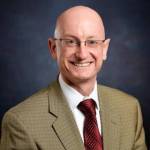
Eric Smith
Webb Program Scientist, now chief scientist in the Astrophysics Division at NASA Headquarters
Smith says mission team members, even those not directly engaged with testing, should become familiar at some level with testing regimes, procedures and processes — not to mention the people who actually and actively oversee what goes on in the chambers.
“As a scientist you should want to get to know your engineers. Get to know them so you understand their language so you understand the testing program,” he asserts. “That’s what scientists need to think more about. Go into a program or project with testing in mind, from the very beginning.”
Identifying problems, reducing risk, increasing mission safety and effectiveness — these are the guiding principles for testing. They may not fit comfortably as words on a bumper sticker, but for all missions, past, present and future, they’re the ones that testers live and work by.
Webb completed all its deployments in the first two weeks after launch, while it was traveling toward L2. It did not insert into its destination orbit until a month after launch. By then, Geithner and his Webb colleagues knew that the observatory had passed successfully beyond every of the potential 295 single-point deployment failures the team had identified and prepared for.
“All of those failures could have happened, and they didn’t, thanks to all the process controls and testing implemented over the years,” he says. “So we said, ‘This thing is going to work.’”
And so it has.























